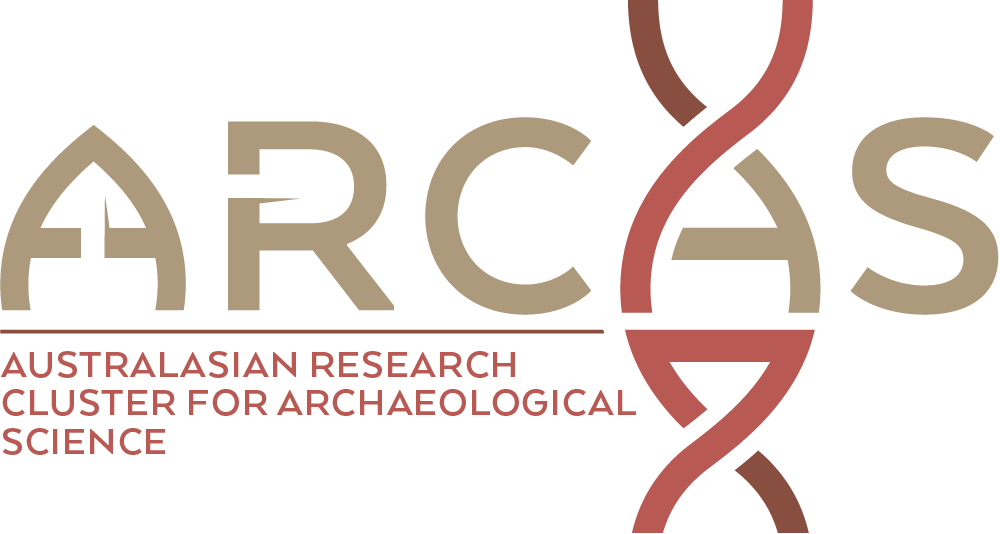Earliest salt working in the world: From excavation to microscopy at the prehistoric sites of Ţolici and Lunca (Romania)
Publication date: January 2018Source:Journal of Archaeological Science, Volume 89 Author(s): Dominique Sordoillet, Olivier Weller, Nicolas Rouge, Martine Buatier, Jean-Pierre SizunSince the Early Neolithic, salt has played an important role in the social and economic development of populations. Consequently, the study and comprehension of salt management strategies have become a significant component of current archaeological research. This study is part of an interdisciplinary research program consisting of excavations and detailed analyses on two Early Neolithic salt working sites situated in the sub-Carpathian region of Romania, Lunca and Ţolici (county Neamţ). These remarkably well-preserved sites are characterised by stratified deposits several meters thick. Detailed stratigraphic descriptions were followed by optical microscopy analysis (soil micromorphology) and scanning electron microscopy (SEM) coupled with geochemical analysis (EDS). The aim of these analyses was to identify specific sedimentary, petrographic and chemical characteristics that could be linked to salt working process. The results enable us to describe the main site formation process over time and to detect chemical components of edible salt (Na and Cl) in Early Neolithic ashes. These new data consolidate previous interpretations of the operating procedures implemented from the Early Neolithic to the Bronze Age. Two techniques appear to have been preferentially adopted: pouring natural brine onto combustion structures during the Early Neolithic and evaporation in specific ceramic containers from the Chalcolithic onwards.
